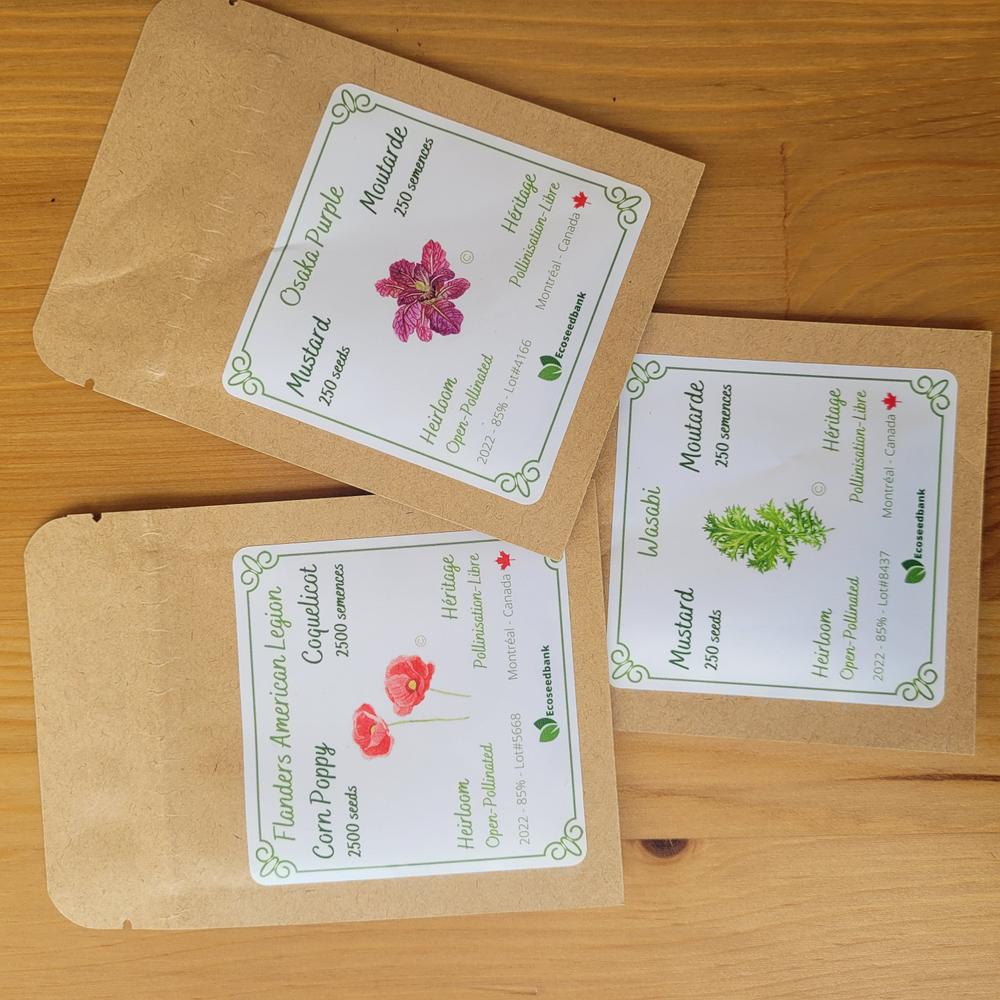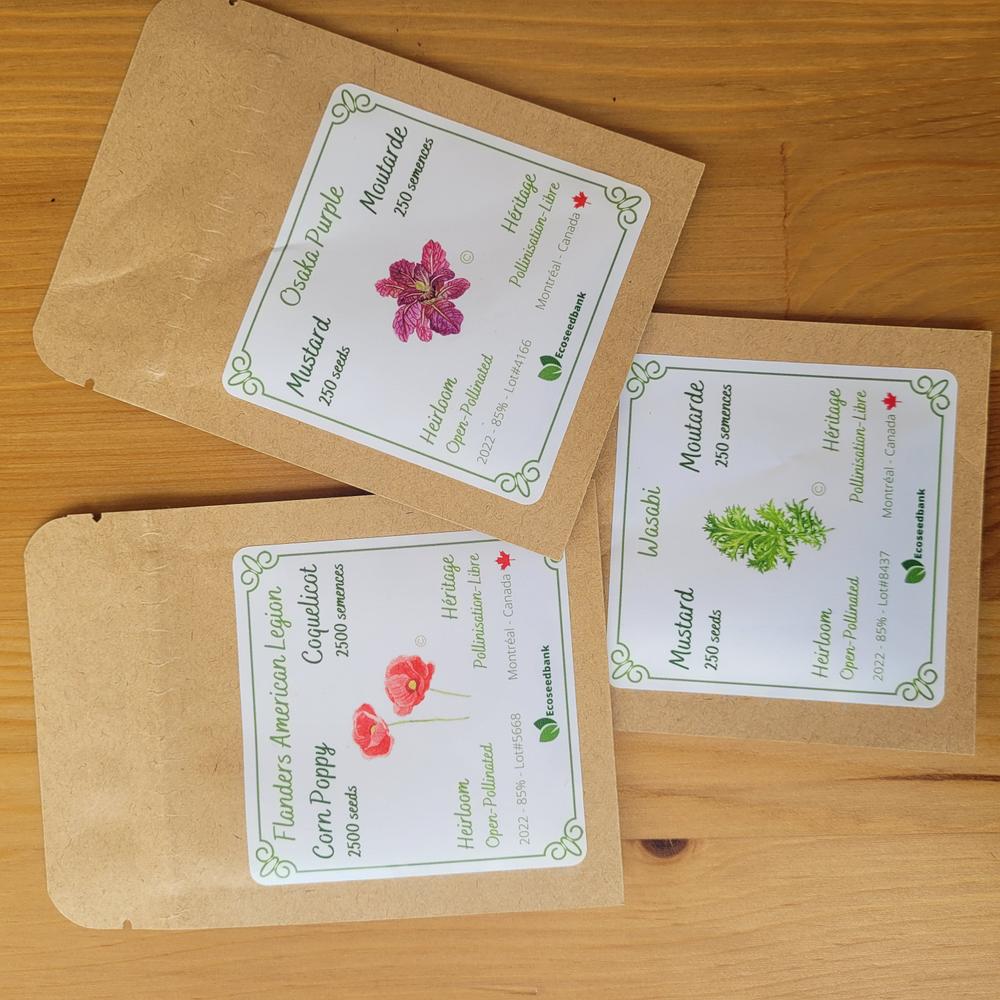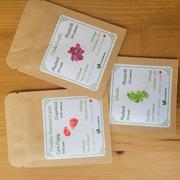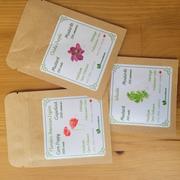A real stunner in the garden, this old heirloom from around Osaka, Japan, is an unusual-looking mustard favoured for its tasty dark-green reddish leaves. Very adaptable to our northern climate, Osaka Purple mustard is a cold-hardy variety that is most commonly sown in early spring for a summer crop or in mid-late summer for a fall/early winter harvest.
The mature plants grow to 18-24 inches tall with large, arched, savoyed purple leaves with contrasting white veins. They have a sweeter taste when young and a more pungent, spicy flavour when mature. Osaka Purple mustard makes excellent baby-salad greens and delicious microgreens. Add them sautéed or boiled to your favourite Asian-inspired dishes and try them fresh on your sushi instead of wasabi for a different, yet pungent bite.
- Latin Name: Brassica juncea
- Life Cycle: Annual
- Days to Maturity: 30-45
- Planting Depth: 5 mm
- Plant Spacing: 15 cm
- Growth Habit: 30-60 cm tall
GROWING INSTRUCTIONS
The name of the popular condiment actually comes from a broad leafy green vegetable. Mustard, a relative of cruciferous vegetables like broccoli, cauliflower, cabbage and kale, enjoys the same cool weather conditions as its wholesome family members.
Start seeds, inside or out, 3 weeks before the last frost date. They should be lightly covered with soil, and planted about 2 cm apart. After sprouting, thin to 10-15 cm apart. Plantings can be made every few weeks in spring, and again in midsummer, to enjoy continual harvests throughout the year. Timing is important though, mustard should be ready to harvest anywhere from 40-60 days, but will not grow well during the hottest summer months.
Cut the tender new growth for fresh eating, larger leaves begin to get tough and will require some form of cooking. Choose a site with rich, well-drained soil that receives full sun. Mustard will require about 5 cm of water per week. Keep the soil moist and watch the towering foliage thrive.
Other than that, these greens won’t require too much attention or maintenance. The flowers make a pretty, edible garnish. And when the seed pods turn from green to brown, be sure to collect them, lest they break open and sow seeds all over the garden. The seeds are very useful in the kitchen, great for batches of pickles, relishes or dressings. Ground them down and make your own specialty mustard!
QUICK FACTS
- All parts of the mustard plant are edible: the seeds, the leaves and flowers.
- Mustard seeds will remain viable for 4 years if stored in a cool, dark place, ideally between 4 and 10⁰C. After that, the germination rate may start to go down.
OUR SEED GUARANTEE
You know that a lush, fruitful garden needs good soil, frequent watering, and sunlight to grow, but it’s the seeds that really make the harvest.
Picked and bagged for 2026 the vast majority of our seeds have germination rates of over 85%. The seeds are all-natural, non-GMO, non-hybrid, untreated, and open-pollinated for seed saving.
We have put a lot of thoughts into the design and packaging of our seed packets. Our seeds are all carefully packed in food grade kraft paper/aluminium zipper lock bags, and then are shipped in eco-friendly padded mailers.
We heat-seal each of our seed packet for even more protection from moisture, odour and light, allowing you to store your seeds for up to 3x longer than paper or plastic. Plant them all, germinate some indoors, save some for next season - it’s up to you!











